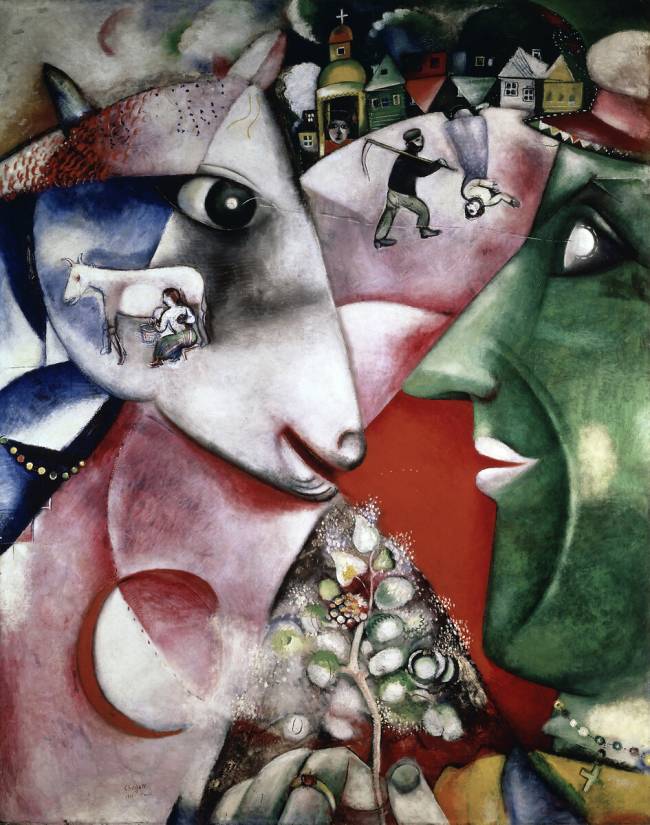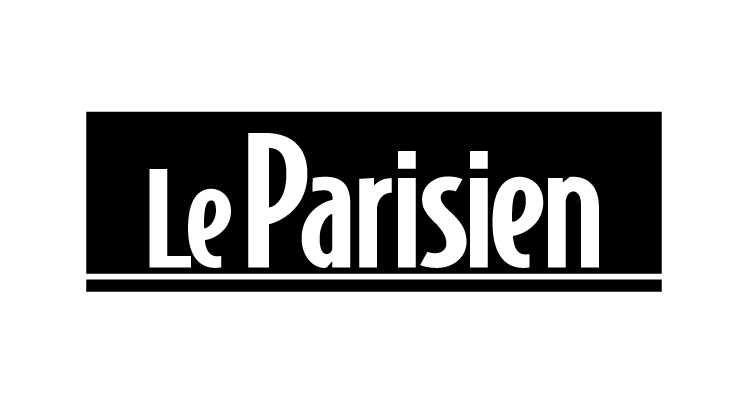Shop art print and framed art I and the Village, 1911 by Marc Chagall
Customise
Your art print
I and the Village, 1911 OF Marc Chagall
I and the Village, 1911
The historical context of the work
"Moi et le village" came into being in 1911, when Marc Chagall had just moved to Paris. This period also marked the beginning of his artistic career and perfectly reflects the Cubist and Fauvist influences that nourished the modernist painter's work from his first steps in the French capital.
A symbolic representation of the rural world
The importance of childhood memories
Marc Chagall drew much of his inspiration from memories of his childhood spent in a small Jewish village in Belarus. This theme is thus found in many of the artist's works, including "Me and the Village". The characters and elements depicted in this painting bear witness to this nostalgia for the rural world and the simple life he knew as a child.
A picturesque scene of life
In this kaleidoscope of shapes and colours, the composition revolves around an exchange of glances between a goat, with its tender, maternal face, and a green-faced man seemingly holding a tree of life like a bouquet. In the background, not far from an Orthodox church recognisable by its dome, a scene of pastoral life brings together a villager holding a sickle and a violinist. Around this couple, various elements of everyday life mingle and overlap: animals, houses, landscapes and characters all come together in a dynamic, colourful composition. This representation poetically evokes rural life and its many facets.
Marc Chagall's artistic influences
Cubism and Fauvism
Arriving in Paris in 1910, Chagall quickly discovered Cubism and Fauvism. His first Parisian works, including "Moi et le village", thus bear the traces of these influences, whether in the fragmentation of forms or the use of bright, contrasting colours.
A unique and personal style
While the artistic currents of the time fed into Chagall's work, he was also able to develop a style of his own that was instantly recognisable. His way of depicting reality with a touch of dreaminess and fantasy is today considered one of the pillars of modern art. "Me and the Village" is a perfect example of this singularity, with its characters of distorted proportions and shimmering colours.
The symbolic significance of the work
A universal message
Beyond simply depicting the rural world, "Me and the Village" also conveys a deeper message about the ties that bind man to his environment. Chagall thus places humans at the heart of nature, surrounded by animals and plants, as if to remind us of the importance of our roots and the gentleness of living in harmony with nature.
An invitation to dream
Finally, "Me and the Village" stands out for its dreamlike dimension, inviting viewers to escape into the artist's poetic world. The deconstructed shapes, bright colours and anachronistic scenes of life create a timeless atmosphere, where childhood memories and imaginary daydreams mingle. The work echoes Marc Chagall's famous quote: "If all life inevitably comes to an end, we must colour ours with our colours of love and hope."
This artwork is a painting from the contemporary period. It belongs to the surrealism style.
« I and the Village, 1911 » is kept at Museum of Modern Art MoMA, New York, USA.
Find the full description of I and the Village, 1911 by Marc Chagall on Wikipedia.



































